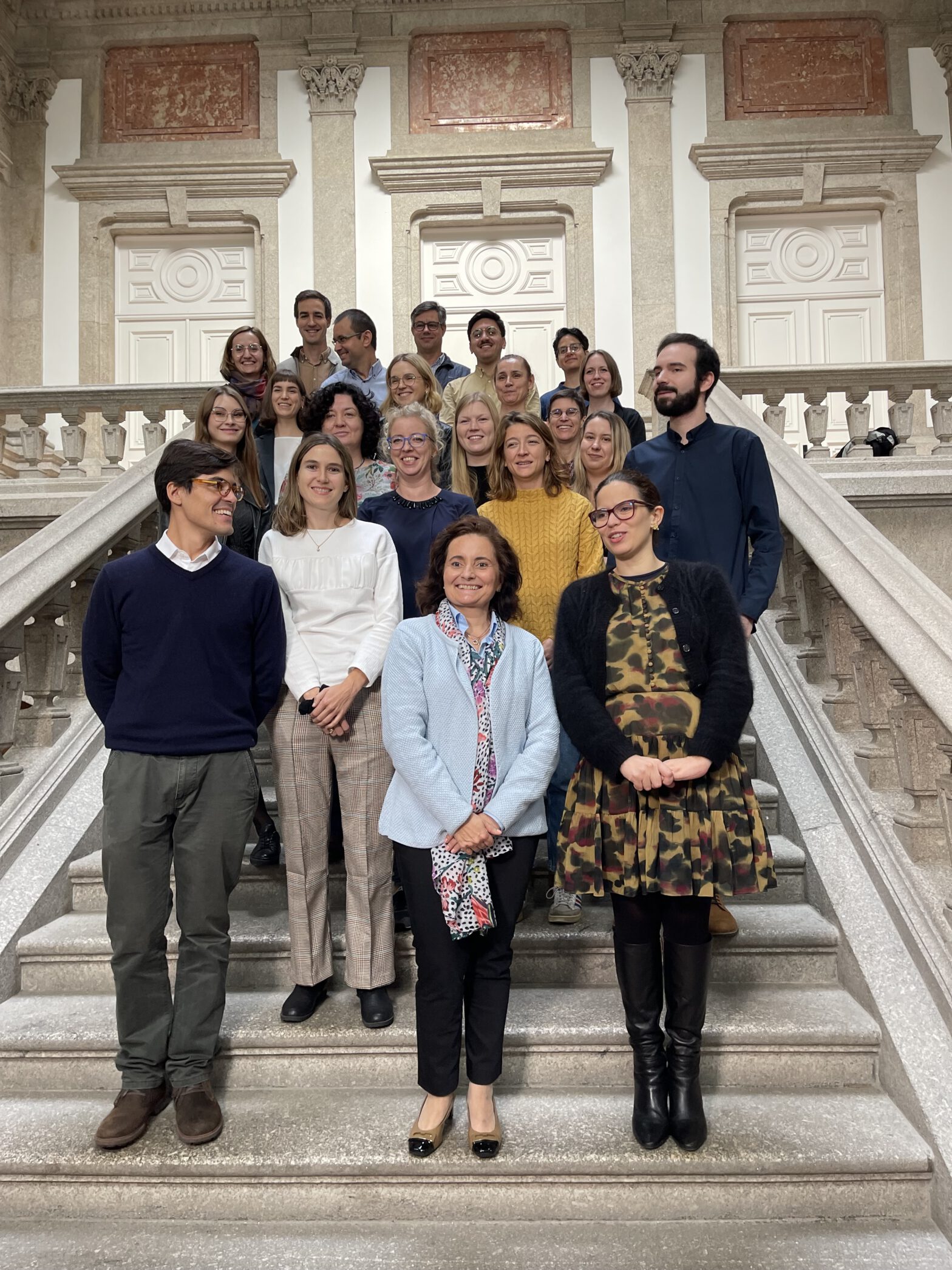The Polish team was the first of all iCoViP teams finishing all VP translations by the end of February. It would not have been possible without the great job and involvement of the student team that we had on board. Who are we and what motivates us to work in iCoViP? Today we want to… Continue reading We did it!
News
Visiting Merlion: iCoViP project dissemination in Singapore
by Andrzej Kononowicz, Jagellonian University, Krakow In February 2023, when parts of Europe were still covered with a thick layer of snow, Andrzej Kononowicz, one of the iCoViP team members from Jagiellonian University, visited Lee Kong Chian School of Medicine in Singapore (LKCMedicine) to conduct a seminar lecture entitled: “Digital clinical reasoning education: where are… Continue reading Visiting Merlion: iCoViP project dissemination in Singapore
Project with Ukrainian partners successfully completed
iCoViP partners from the University of Augsburg together with the Bukovinian State Medical School in Chernivtsi and the Ukrainian Catholic University in Lviv received a grant provided by the German Academic Exchange Service (DAAD) in summer 2022. One of the goals of this project was to translate and adapt virtual patients (VPs) from the iCoViP… Continue reading Project with Ukrainian partners successfully completed
iCoViP multiplier event with a Bavarian-Ukrainian flavor
by Daloha Rodriguez-Molina and Anja Mayer On November 16th 2022, iCoViP project partners organized a multiplier event, framed within the “Ukraine digital: Ensuring academic success in times of crisis” project organized by the Institute of Medical Education of the University Hospital of Munich (LMU Klinikum). The event took place during one afternoon on the beautiful… Continue reading iCoViP multiplier event with a Bavarian-Ukrainian flavor
Project Meeting in Porto
On November 9th and 10th 2022 our partner from the beautiful city of Porto organized a hybrid project meeting. We started on day 1 with an opening by our hosts followed by a project overview, and an award ceremony for the achievements of our virtual patient authors. OUr hosts then gave an interesting overview about… Continue reading Project Meeting in Porto
iCoViP at the MEF conference
From September 28th-29th 2022 the hybrid Medical Education Forum was organized in Kraków, Poland. iCoViP members from Kraków and Augsburg participated and presented the latest project results. During the Polish-speaking session Joanna Fąferek presented iCoViP results of IO3, which is led by Jagiellonian University, – “How to effectively implement teaching of clinical reasoning into the… Continue reading iCoViP at the MEF conference
New project with partners from Ukraine
The iCoViP partners from the University of Augsburg together with the Bukovinian State Medical School in Chernivtsi and the Ukrainian Catholic University in Lviv successfully applied for a grant provided by the German Academic Exchange Service (DAAD). One of the aims of this project is to adapt and use the iCoViP virtual patients for the… Continue reading New project with partners from Ukraine
iCoViP at AMEE
Our team has submitted abstracts for the annual conference of the Association of medical Education in Europe (AMEE). The AMEE conference is one of most important and largest conference on healthcare education and takes place as an hybrid event in Lyon, France from August 27th-30th. ICoViP partners from Poland, Germany, and Portugal presented our work… Continue reading iCoViP at AMEE
Medical Education Forum in Kraków
We are excited to announce that members of iCoViP will be presenting research from the project alongside other great work at the Medical Education Forum (MEF) 2022 from 28th-29th of September in Kraków, Poland! iCoViP partners from Poland and Germany will be present. The MEF program includes the following topics and slots related to clinical… Continue reading Medical Education Forum in Kraków
National flavor of virtual patients – beer gardens, names that are difficult to pronounce and unknown dishes
by Małgorzata Sudacka and Anja Mayer “Medicine is an art.” Even if you know this saying, you do not necessarily think of it this way. Because should it mean that we, as health professionals, are artists? The more years of experience in practicing medicine I have, the more true it is for me and the… Continue reading National flavor of virtual patients – beer gardens, names that are difficult to pronounce and unknown dishes




